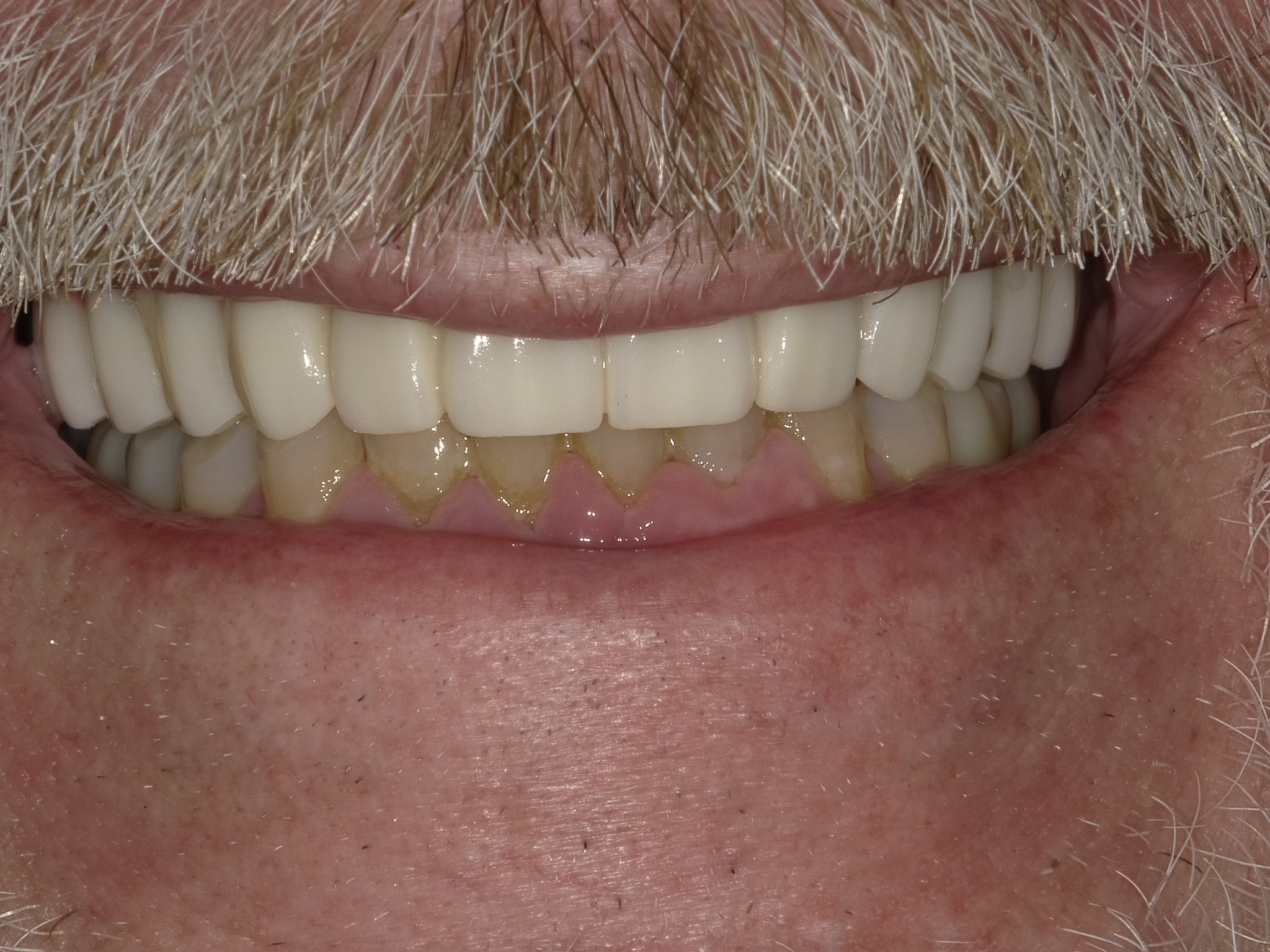Dental Blog - Fairfield, CA
Tips, Facts, And The
Latest In Dentistry

Periodontal Gum Disease for Bleeding Gums: Address the Early Signs Before It Worsens

Periodontal gum disease for bleeding gums
Understanding gum disease basics is crucial when addressing periodontal gum disease for bleeding gums. This condition often begins with inflammation of the gums, known as gingivitis, which can progress to more severe stages if left unchecked. The early signs include redness, swelling, and bleeding during brushing or flossing. Recognizing these symptoms early can help in understanding the progression of the disease and its potential impact on oral health.
Periodontal gum disease for bleeding gums can lead to more serious complications if not addressed promptly. As the disease advances, it can affect the supporting structures of the teeth, potentially leading to tooth loss. Understanding the basics of gum disease helps in identifying the importance of maintaining oral health and recognizing when professional intervention might be necessary. For those interested in exploring non-invasive treatment options, consider reading about Periodontal Gum Disease Without Surgery: Non-Invasive Options That Work.
Recognizing Early Symptoms
Periodontal gum disease for bleeding gums often begins with subtle signs that can easily be overlooked. One of the earliest indicators is bleeding during brushing or flossing, which many people mistakenly attribute to brushing too hard. However, this bleeding can be a sign that your gums are inflamed and need attention. Other early symptoms may include persistent bad breath, swollen or tender gums, and a noticeable change in the way your teeth fit together when you bite.
Ignoring these early signs can lead to more severe issues, such as receding gums and even tooth loss. It’s crucial to pay attention to these symptoms and understand that they are not normal. If you suspect you might be experiencing the early stages of periodontal gum disease for bleeding gums, consider consulting with the Fairfield Gum Disease Specialists for a professional evaluation.
Causes of Bleeding Gums
Bleeding gums can be an early sign of periodontal gum disease for bleeding gums, a condition that affects the tissues surrounding and supporting the teeth. This issue often arises due to plaque buildup along the gum line, which can lead to inflammation and irritation. Poor oral hygiene is a common cause, allowing bacteria to thrive and cause gum tissue damage. Other factors such as hormonal changes, certain medications, and underlying health conditions can also contribute to the development of bleeding gums. Recognizing these causes is crucial in understanding the potential onset of periodontal gum disease for bleeding gums.
Importance of Oral Hygiene
Maintaining proper oral hygiene is crucial in preventing periodontal gum disease for bleeding gums, as it helps remove plaque and bacteria that can lead to inflammation and infection. Regular brushing and flossing are essential practices that support gum health and prevent the progression of gum disease. By prioritizing oral hygiene, individuals can protect their gums from bleeding and other complications associated with periodontal issues. For more information on maintaining healthy gums, visit Kuzma DDS Cosmetic & Implant Dentistry, your trusted Fairfield Dentist.
Role of Plaque and Tartar
Plaque and tartar play a significant role in the development of periodontal gum disease, particularly when it comes to bleeding gums. Plaque is a sticky, colorless film of bacteria that constantly forms on teeth. If not removed, it can harden into tartar, which is more difficult to eliminate and can lead to gum irritation. This buildup can cause the gums to become inflamed, leading to early signs of gum disease such as bleeding during brushing or flossing. Over time, if plaque and tartar are not addressed, they can contribute to the progression of periodontal disease, potentially resulting in more severe oral health issues.
Impact on Overall Health
Periodontal gum disease for bleeding gums can have a significant impact on overall health, extending beyond oral discomfort. This condition, if left unchecked, may contribute to systemic health issues, potentially affecting cardiovascular health and increasing the risk of conditions such as heart disease. The inflammation associated with periodontal gum disease for bleeding gums can also complicate diabetes management and has been linked to adverse pregnancy outcomes. Recognizing the early signs of this disease is crucial, as it underscores the interconnectedness of oral health and general well-being.
Professional Diagnosis Methods
Periodontal gum disease for bleeding gums can be effectively identified through professional diagnosis methods conducted by dental experts. These methods typically include a thorough examination of the gums, where a dentist or periodontist checks for signs of inflammation, bleeding, and pocket depth around the teeth. X-rays may also be utilized to assess bone loss, which is a critical indicator of periodontal disease progression. By employing these diagnostic techniques, dental professionals can accurately determine the presence and severity of periodontal gum disease for bleeding gums, ensuring that appropriate measures are taken to address the condition.
Common Misconceptions
Periodontal gum disease for bleeding gums is often misunderstood, with many believing it only affects older adults or those with poor oral hygiene. However, this condition can impact individuals of all ages and backgrounds, regardless of their dental care routine. Another common misconception is that bleeding gums are a minor issue that will resolve on its own, but in reality, it can be an early sign of periodontal gum disease for bleeding gums, which requires attention to prevent further complications.
Long-term Consequences
Periodontal gum disease for bleeding gums, if left untreated, can lead to significant long-term consequences that impact overall oral health. As the disease progresses, it can cause the gums to recede, leading to tooth sensitivity and potential tooth loss. The supporting bone structure may also deteriorate, resulting in a weakened foundation for the teeth. This condition can further contribute to chronic bad breath and an increased risk of infections. Additionally, there is growing evidence linking periodontal gum disease for bleeding gums to systemic health issues, such as cardiovascular disease and diabetes, highlighting the importance of addressing the early signs before it worsens.
Conclusion
Addressing periodontal gum disease for bleeding gums early is crucial to maintaining oral health. For more information, call us at 707-422-8404 or check out our Google Maps reviews.





